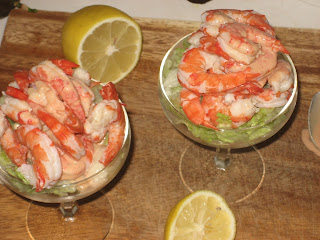 Phryne's pavlova may have been ahead of its time. The earliest Australian recipe seems to be from the Australian Women's Weekly in July 1937, but only a year later Argus readers were writing in with their own recipes for "pavlova cake".
Phryne's pavlova may have been ahead of its time. The earliest Australian recipe seems to be from the Australian Women's Weekly in July 1937, but only a year later Argus readers were writing in with their own recipes for "pavlova cake".This is my mother's recipe, but it's probably no different to thousands of other mothers' pavlovas.
Where it differs from the classic pavlova is that it omits cornflour and it's the cornflour, I think, that gives the classic pavlova its dryness. This pavlova has a firm top, soft marshmallow centre and, if the sugar hasn't dissolved completely, lightly caramelised bits around the edges.
The essential ratio is 1/4 cup of sugar to one egg white, so the recipe can be adapted to a 1, 2 or 3-egg pavlova. I used four eggs, but since there were only two of us, I cut wedges from the pavlova and topped them individually with whipped cream and passionfruit. One passionfruit has enough pulp for two serves. The remaining pavlova shell will keep in an airtight container in the fridge for 2 -3 days.
Pavlova
4 egg whites
1 cup sugar
1 teasp vanilla essence
1 teasp white wine vinegar
1 small carton cream
1 tbsp caster sugar, optional
Pre-heat oven to 200 degrees C.
Beat egg whites until they form soft peaks, gradually add sugar, mix in well. Beat until the mixture changes size (it does), then fold in vanilla and vinegar. Roughly spread mixture onto a baking tray lined with baking paper. Immediately after placing pavlova in oven, turn down to 150 degrees, and cook for one hour. Turn off oven and leave to cool slowly. Do not open the oven door - fast cooling will crack the pav.
To assemble, whip the cream with a little caster sugar; spoon cream onto pavlova; top with passionfruit pulp. Serve as is, or with vanilla ice-cream.











